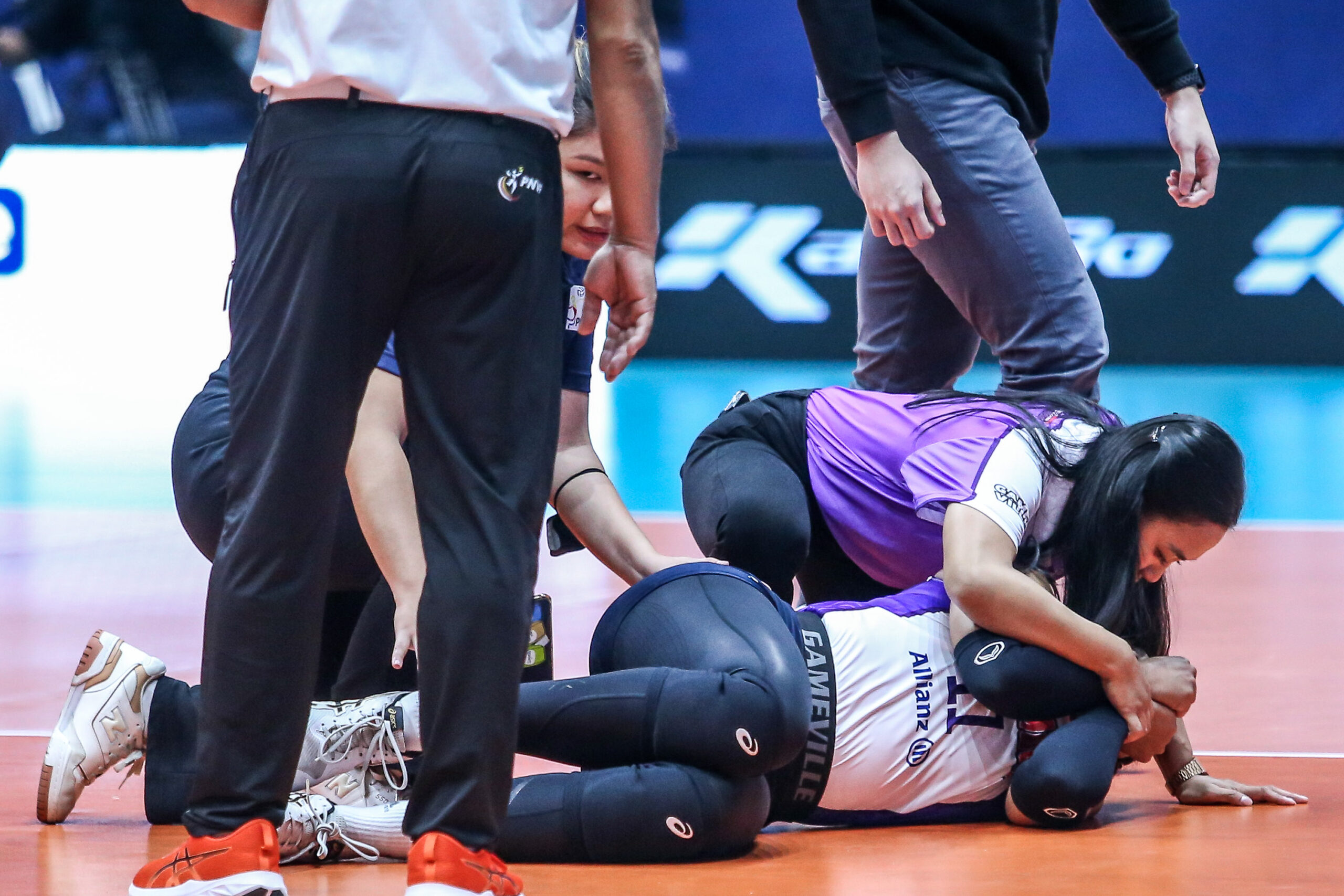
Breaking Down the Anatomy of Boxing Gloves: What Makes Them Effective
Jody
- 0
Boxing gloves are an essential piece of equipment for any boxer, and understanding their anatomy is crucial in order to make an informed decision on which pair to purchase. But what exactly makes boxing gloves effective? Let’s break down the anatomy of boxing gloves and take a closer look at what makes them such a vital tool for the sport of boxing.
First and foremost, the outer shell of boxing gloves is typically made of leather or synthetic materials. This outer shell provides the first line of defense for a boxer’s hands, protecting them from impact and abrasions. The quality of the outer shell is important, as it directly impacts the durability and longevity of the gloves.
Inside the outer shell, boxing gloves are filled with padding to absorb and disperse the force of punches. This padding is often made of materials such as foam or gel, and the type and density of the padding can vary from glove to glove. The padding is crucial in minimizing the risk of hand injuries and providing comfort for the wearer.
The wrist support of boxing gloves is another key component of their anatomy. The wrist area is typically reinforced with an adjustable strap and padding to provide stability and protection for the wrist joint. This feature is essential for preventing wrist injuries and sprains during intense boxing workouts and matches.
The shape and fit of the boxing glove also play a significant role in its effectiveness. A well-fitted glove should snugly wrap around the hand and fingers, providing a secure and comfortable fit. This ensures that the gloves do not shift or slide during use, allowing for maximum control and protection.
Additionally, the weight of boxing gloves is an important factor to consider. Heavier gloves generally provide more protection and resistance, while lighter gloves offer increased speed and maneuverability. The weight of the gloves should be chosen based on the boxer’s training goals and preferences.
Finally, the ventilation and moisture-wicking capabilities of boxing gloves are also crucial for their effectiveness. Adequate ventilation helps to prevent sweat build-up and discomfort during extended use, while moisture-wicking materials help to keep the hands dry and comfortable.
In conclusion, the anatomy of boxing gloves consists of various components that work together to provide protection, support, and comfort for the wearer. The quality of the materials, the design, and fit all contribute to the overall effectiveness of the gloves. When choosing a pair of boxing gloves, it is important to consider each of these factors in order to select the best pair for your specific needs and preferences. By understanding the anatomy of boxing gloves, you can make an informed decision and invest in a high-quality pair that will enhance your performance and keep your hands safe during training and competition.


